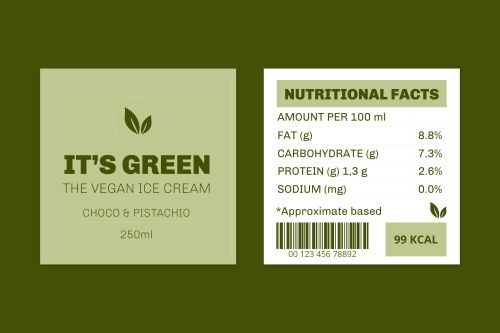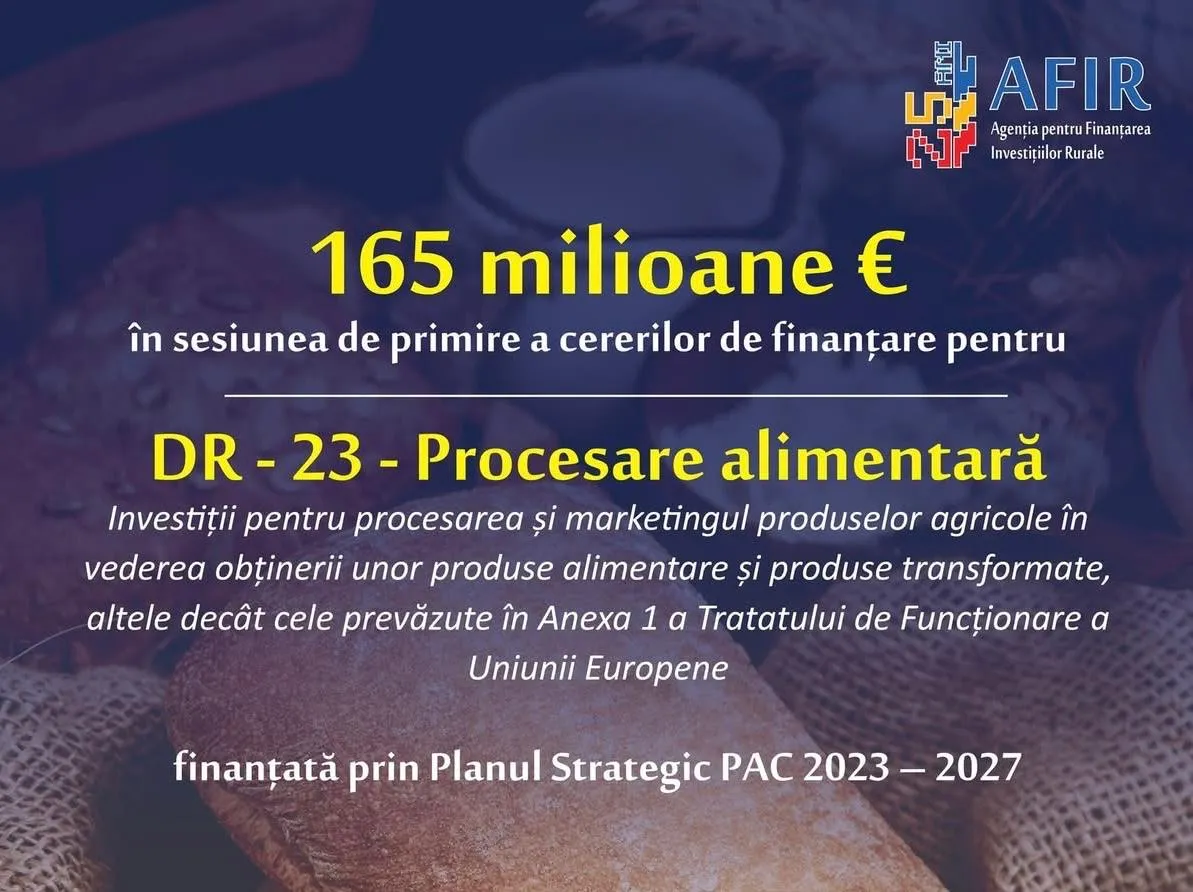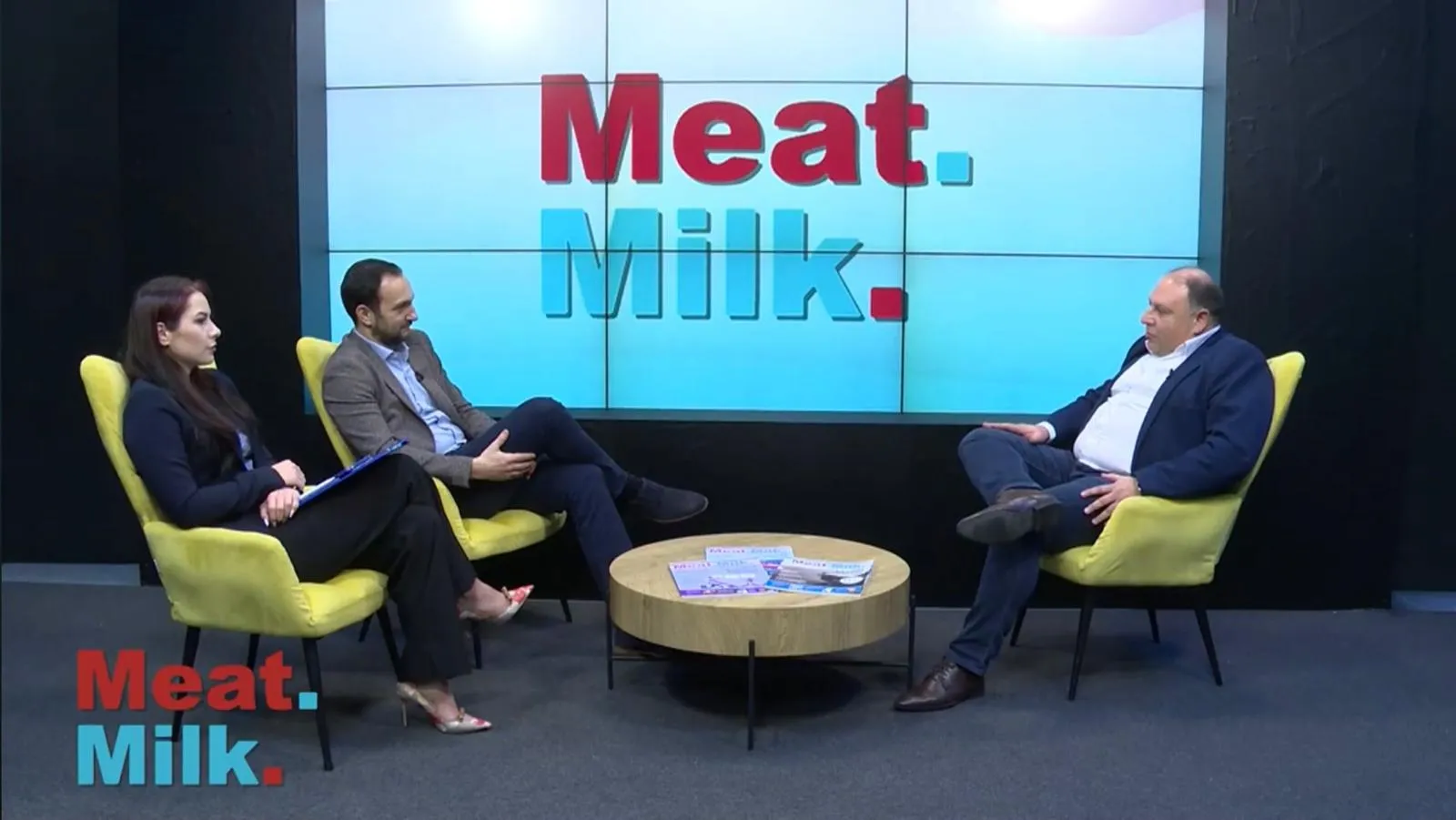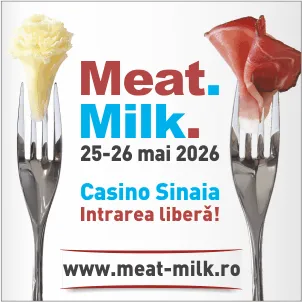
Nutritional Labeling – Transparency as a Strategic Tool in the Food Industry
Nutritional labeling has become a key instrument in guiding consumers toward healthier food choices. Within the European Union, consumer information regulations (EU 1169/2011) require that all food products — including processed meat — display details on energy value, fat, sugar, protein, and salt content. In recent years, the European Commission has advanced discussions on introducing a harmonized front-of-pack nutrition label at EU level, such as the Nutri-Score system.
According to EFSA (2024), clear and visible labeling can influence purchasing behavior by up to 25%, especially among young people and consumers with higher education levels. In Romania, studies conducted by the National Institute of Statistics show that 47% of consumers say they read food labels, but only 22% fully understand the nutritional information provided. This gap highlights the need for educational campaigns and simplified data presentation.
For the meat industry, adapting to transparency requirements has already become a priority. Processors who clearly communicate fat content, additives used, and the origin of raw materials earn greater consumer trust and can justify premium pricing. At the same time, modern retail is increasingly introducing products with extended labeling — indicating, for example, carbon footprint or animal origin — to align with trends in responsible consumption.
In the medium term, digital labeling systems (QR codes, blockchain, mobile apps) are expected to become the new standard, offering full traceability “from farm to shelf.” Romania already hosts several pilot projects in this area, supported by MADR initiatives and private partnerships. Implementing these solutions could strengthen consumer confidence in local products and enhance competitiveness on the European market.
Accurate labeling is no longer merely a legal obligation — it has become a strategic tool for differentiation. In a marketplace driven by information, transparency is emerging as the new form of marketing for Romania’s food industry.
(Photo: Freepik)





